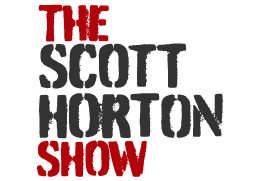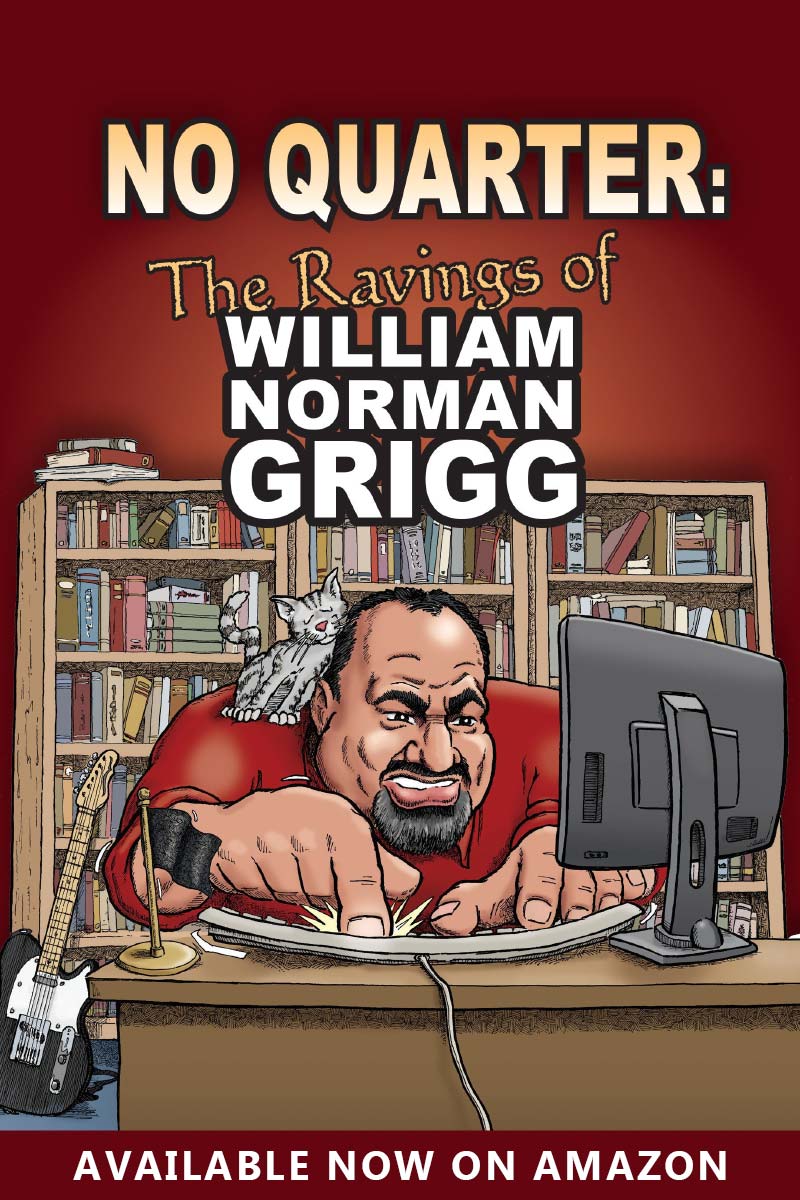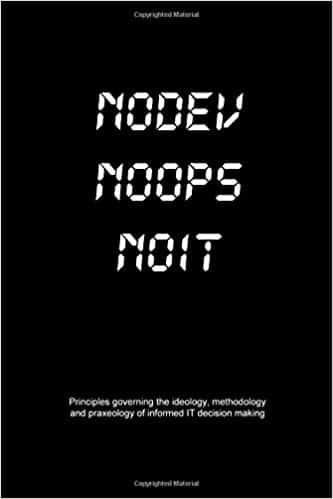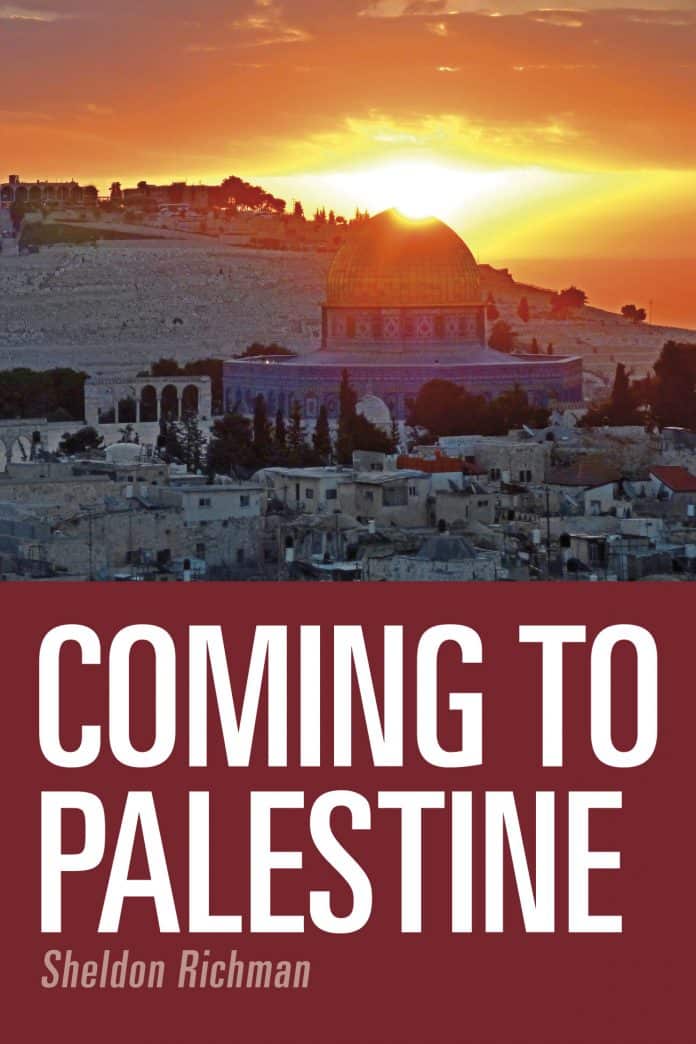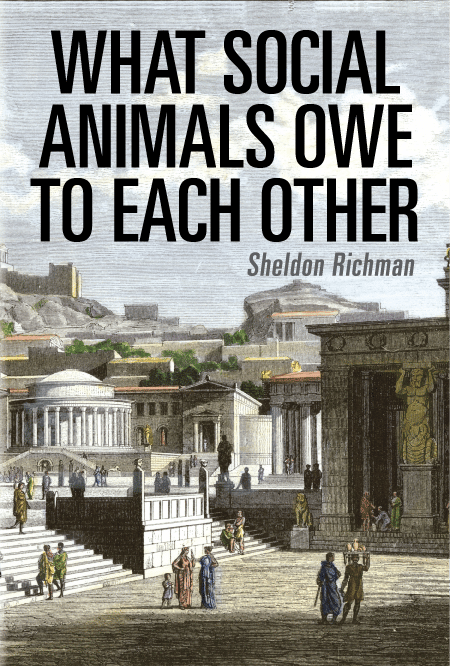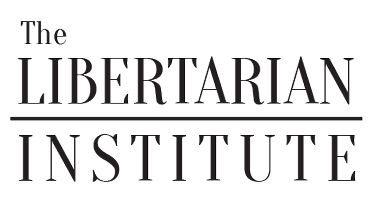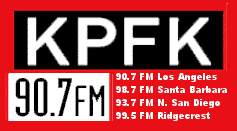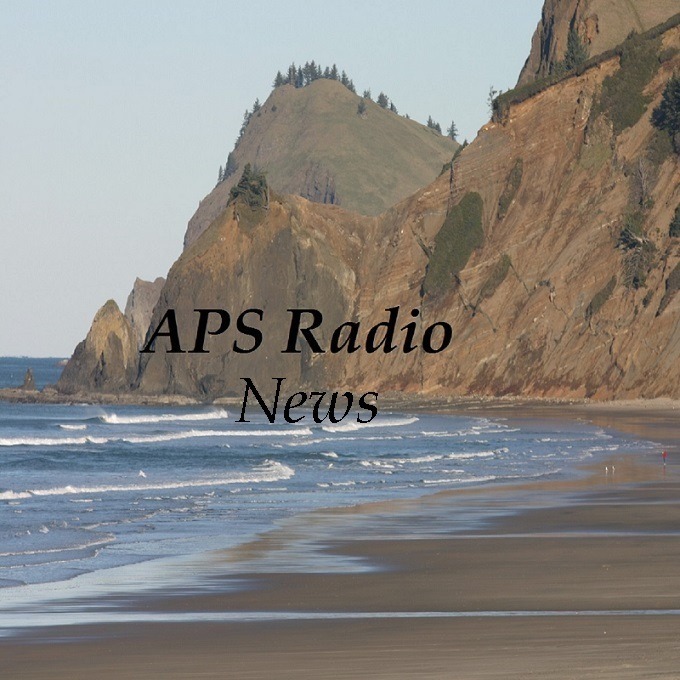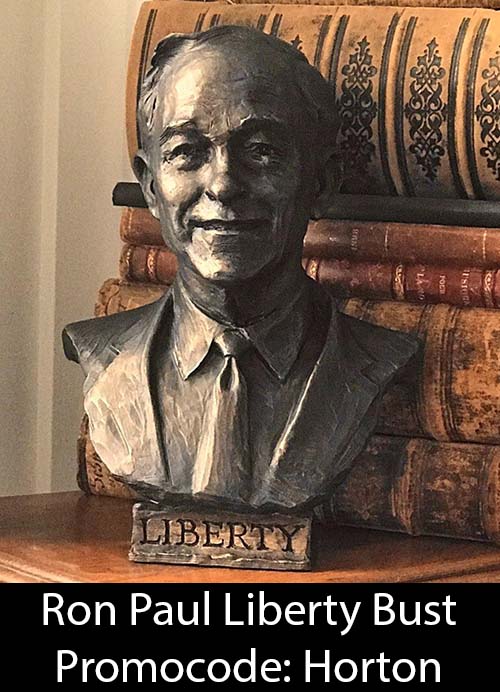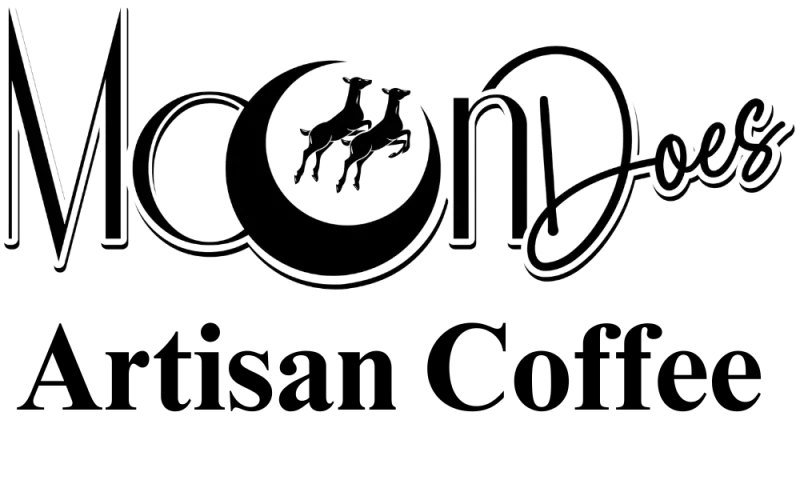MIAMI, May 18 — Somewhere in Kandahar, Afghanistan, shortly after the U.S. invasion in the fall of 2001, a man driving a Toyota twin-cab pickup pulled up at a CIA post to deliver thousands of pages of documents.
Amid the notebooks and papers, authorities found a document that would become what may be the single most important piece of physical evidence against terrorism suspect Jose Padilla.
The five-page “Mujahideen Identification Form” — basically a personnel application form — was partially completed in Arabic by Padilla in July 2000 and is a key piece of evidence, prosecutors said.
“This piece of paper proves that Jose Padilla trained at one of the al-Qaeda camps,” Assistant U.S. Attorney Brian Frazier told jurors. “The fact that this form even exists proves that Padilla was there.”
But after three days of prosecution testimony regarding the document, what exactly it proves about Padilla is unclear.
The form is filled out with Padilla’s birth date and personal information that resembles his, but it is signed in Arabic by “Abu Abdallah Al-Muhajir,” not “Jose Padilla.”
The form is labeled “military administration” and “top secret,” but nowhere does it mention al-Qaeda.
Friday, a government witness who was described by prosecutors as “critical” to their case — a man who attended an al-Qaeda camp in 2001 — seemed to raise as many questions about the form and the camp as he answered.
Yahya Goba, 30, of Lackawanna, N.Y., who is serving a 10-year prison sentence, testified that he filled out a similar form before attending the al-Farooq camp run by al-Qaeda. This was just as prosecutors had hoped because his statement linked the form to al-Qaeda.
But then he testified that, after completing the form with false information as he was instructed, he was given the explicit opportunity not to proceed to the training. A person who filled out the form, his testimony indicated, did not necessarily attend the camp.
Then Goba testified that he attended the camp not to commit terrorism but to get military training so that someday he could possibly defend Muslims under attack in Chechnya, Kosovo and Kashmir. That stated motivation is very similar to what Padilla’s defense is asserting in his case.
“This was not a terrorist training camp, was it?” asked Michael Caruso, one of Padilla’s attorneys.
“No,” Goba replied.
“It was just a military training camp?”
“Yes.”
The impact of this testimony clearly frustrated prosecutors.
“I think the jury is left with a false impression at this point,” Frazier complained to the judge. “This was a terrorist training camp.”
The prosecutors had asked to be allowed to introduce a video showing Osama bin Laden speaking to recruits at the camp Goba attended. But U.S. District Judge Marcia G. Cooke ruled that out after defense attorneys protested that the tape would be prejudicial.
“The video is out,” she said.
Goba’s testimony will continue on Monday. …
A CIA agent, identified by his alias “Tom Langston,” was allowed to testify in light disguise — a wig, a beard and glasses.
Langston testified about serving in Kandahar, Afghanistan, and receiving the truckload of documents from the Afghan man. The man told him that he had picked up the documents from an office that had been used by Arabs, Langston testified.
But where exactly did the Afghan man find them? Why did he bring them to the U.S. side?
Langston was not allowed to disclose the contact’s tribal affiliation, let alone his name.
“He was loyal to some individuals who were cooperating with us against the Taliban and the terrorist elements,” Langston testified. “I think he took this initiative on his own.”
Given the ambiguities in the appearance and origins of the form — nothing explicitly links it to Padilla or to al-Qaeda — the struggle for prosecutors is to make those connections using other testimony.
Among the key links are seven fingerprints that the authorities lifted from the application form.
A U.S. fingerprint expert testified that a 2006 analysis identified Padilla’s fingerprints on the front of the first page of the form and on the back of the last page.
Defense attorneys have questioned why Padilla’s prints do not appear on the middle pages of the application form. They have suggested that the prints’ locations are consistent with Padilla being handed the form during his detention, and not opening it.
But there is no way of knowing when those prints were made, the fingerprint expert said.
The form, defense attorney Anthony Natale told jurors this week, is a “questionable document.”
He warned them against believing the prosecutors who, he alleged, had allowed the atmospherics of the case — the associations with al-Qaeda and bin Laden — to make a weak set of facts look stronger than it is.
“In the absence of hard evidence, a suspicion can be fueled by fear, nourished by prejudice and directed by politics into a criminal prosecution,” he said.
